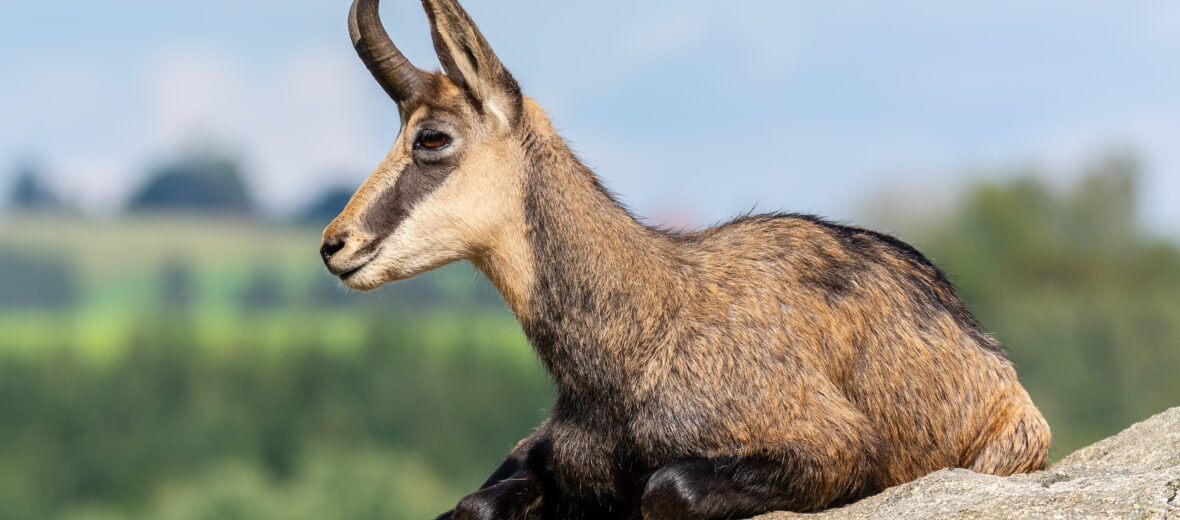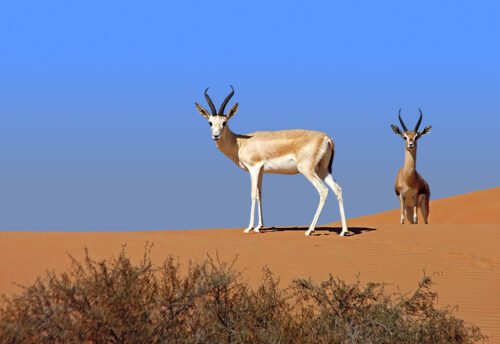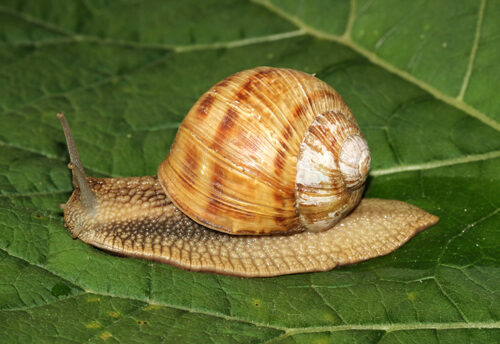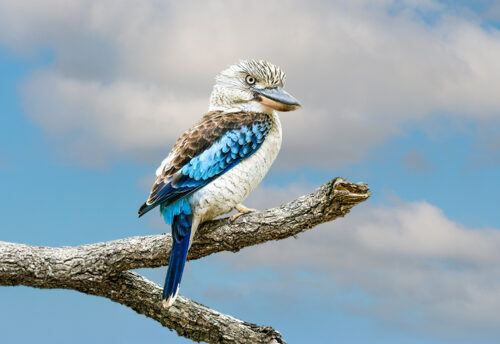
Say hello to the chamois (pronounced sham-wah). A goat-antelope that hails from Europe and Asia-minor. They have also been introduced to New Zealand. These critters prefer alpine meadows, mountains, steep slopes, and rocky terrains. They can be seen at altitudes of up to 11,800 feet! Chamois face hunting, lack of food (due to competition from livestock), habitat loss, and disease. But, through all that, they are still listed as Least Concern by the IUCN.
First the Stats…
Scientific name: Rupicapra rupicapra
Weight: Up to 130 lbs.
Length: Up to 4.5 feet
Height: Up to 2.6 feet
Lifespan: Up to 22 years
Now on to the Facts!
1.) Both males and females have horns. The male’s are just a little thicker.
2.) Their hooves are padded to allow for the scaling of steep, rocky terrain.
3.) Chamois are typically diurnal (active during the day), but have also been spotted exhibiting nocturnal (active at night) behaviors.
4.) These herbivores (eat plant matter) graze on grasses, flowers, herbs, leaves, mosses, and lichen.
5.) Males tend to be solitary. Only coming together to breed.
But wait, there’s more on the chamois!
6.) Female chamois dwell in herds of up to 30 individuals (adults and their offspring).
7.) The female will birth a single kid each breeding season.
Did you know…?
They can reach speeds of up to 31 mph and are able to jump 20 feet vertically, in the air!
8.) When the male kid reaches 2 – 3 years old, the dominant male will exile the kid from the herd.
9.) Being a member of the Bovidae family, chamois share some of the same traits as goats, cows, and buffalo.
10.) Foxes, wolves, bears, and wildcats all prey on chamois.
Now a Short Chamois Video!
Also, check out the Critter Science YouTube channel. Videos added frequently!
Want to suggest a critter for me to write about? Let me know here.



